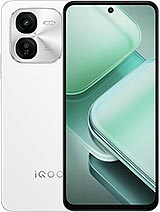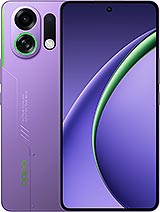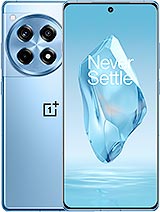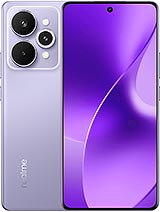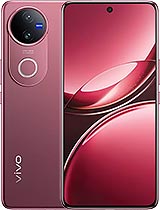Redmi 13C alternatives
Tap above to see alternatives.
Vivo V50 alternatives
Tap above to see alternatives.
2x2.2 GHz Cortex-A76
6x2.0 GHz Cortex-A55
1x2.63 GHz Cortex-A715
3x2.4 GHz Cortex-A715
4x1.8 GHz Cortex-A510
6GB 128GB (UFS 2.2)
8GB 256GB (UFS 2.2)
8GB 256GB (UFS 2.2)
12GB 256GB (UFS 2.2)
12GB 512GB (UFS 2.2)
f/1.8, 28mm (wide), PDAF
0.08 MP
(auxiliary lens)
f/1.9, 23mm (wide), 1/1.55", 1.0µm, PDAF, OIS
50 MP
f/2.0, 15mm, 119˚ (ultrawide), 1/2.76", 0.64µm, AF
1080p@30fps
f/2.0, 21mm (wide), 1/2.76", 0.64µm, AF
1080p@30fps
SIM1: Nano, SIM2: Nano
SIM1: Nano, SIM2: Nano
7 5G bands
n1, n3, n5, n8, n28, n40, n78
9 5G bands
n1, n3, n5, n8, n28, n40, n66, n77, n78
In this performance comparison, the Vivo V50 with its Qualcomm Snapdragon 7 Gen 3 (4nm) performs better than the Redmi 13C with the Mediatek Dimensity 6100+ (6nm), thanks to superior chipset efficiency.
Vivo V50 launched with Android 15 and will receive updates until Android 18, whereas Redmi 13C launched with Android 13 and will get Android 15. Vivo V50 will get security updates until 2029 (approx. 4 years), while Redmi 13C is supported till 2027.
Vivo V50 features a superior AMOLED display, while Redmi 13C comes with an LCD panel. In terms of smoothness, Vivo V50 offers a higher 120 Hz refresh rate, ensuring fluid scrolling and animations. Vivo V50 also boasts a brighter screen with 4500 nits of peak brightness, enhancing outdoor visibility. Notably, Vivo V50 offers a higher screen resolution, resulting in sharper visuals and more detailed content.
Vivo V50 features a larger 6000 mAh battery, potentially delivering better battery life. Vivo V50 also supports faster wired charging at 90W, compared to 18W on Redmi 13C.
Vivo V50 offers better protection against water and dust with an IP69 rating.
¹ Scores can vary even with the same chipset due to RAM, thermals, and software optimization.




